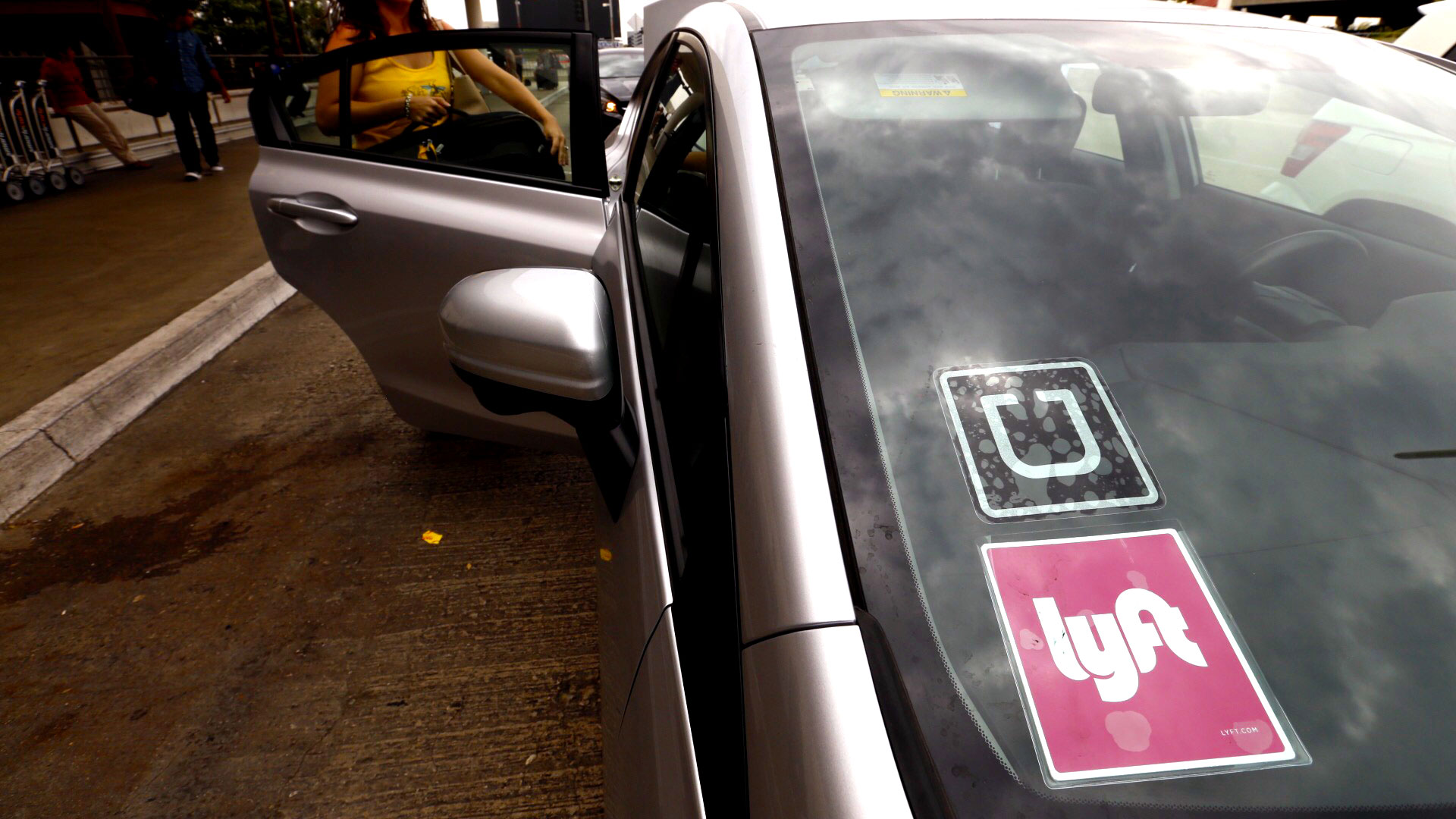

Call it competition through exsanguination. In a move seemingly designed to further wound arch-competitor Lyft, ride-hailing app Uber has slashed its prices in more than 100 U.S. and Canadian cities, forcing Lyft to do the same. Wow, who’d have guessed that the company with the Germanic warmonger-esque name would be so ruthless?
This marks the third year in a row that Uber has cut prices. The company blames bad weather for the cuts, saying it needs to lower prices to encourage more passengers to use the service, but according to Forbes, few experts buy it—in large part because Uber doesn’t raise prices back up when the weather turns nice again.
And when Uber drops its prices, Lyft has little choice but to follow suit…or watch its customers tap their arch-nemesis’s app instead. When Uber cut rates last year, Lyft told Forbes that it tried to stay strong and hold their prices, only to see the bottom line suffer.
Now, a race to the bottom might seem like a great way for two companies to lose money, and as it turns out, that’s absolutely true. Both Uber and Lyft are burning through cash like coal on the Titanic, with Uber reportedly losing $1 billion in the first half of 2015 alone.
But Uber can afford to—the company is sitting on $8 billion in capital and is valued at a mind blowing (and very Scanners-like) $62.5 billion. Lyft, with only $2 billion in cash on hand and a $5.5 billion valuation, can’t afford to lose money the same way—and that seems to be exactly Uber’s plan.
It’s not exactly death by a thousand cuts, either. The price drops are fairly extreme; to stay in the hunt in the competitive San Francisco market, for example, Lyft was forced to cut its cost per mile by 29 percent and its cost per minute a whopping 62 percent, with the former now down to $0.92 per mile and the latter at $0.10 per minute.
Short term, the price war is great for users. But Lyft is basically the last direct competitor Uber has; Sidecar ceased on-demand services at the end of last year, although General Motors has bought most of the company for its patents and technology.
Given GM’s embrace of millennial-friendly mobility trends also includes a $500 million investment in Lyft, the General has a vested interest in keeping the mustachioed ride-hailing service afloat. It’s hard to picture GM letting Lyft die so soon after staking out this partnership.
But even GM’s enormous bank account can’t prop up Lyft forever if it keeps hemorrhaging. And Uber is taking the fight to them in other ways, too—such as dispatching undercover agents to offer Lyft drivers hundreds of dollars to switch to Uber.
Bottom line: Uber shouldn’t be underestimated. In just a handful of years, it has massively disrupted conventional taxi services across the globe, and even incited the occasional riot in places as peaceful as Toronto. And should it succeed in bleeding Lyft to death, Uber will effectively have a monopoly on the ride-hailing app business—giving them the freedom to charge whatever the hell it wants.
At least until some other Silicon Valley start-up comes along and changes the game once again.